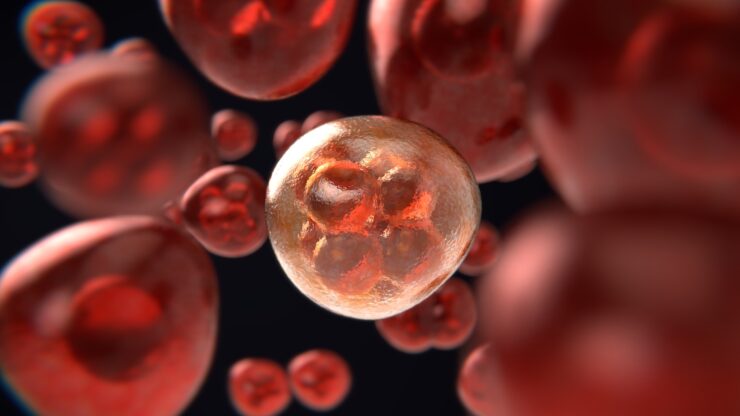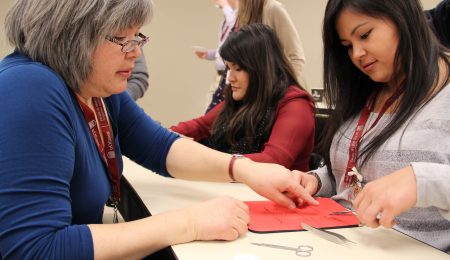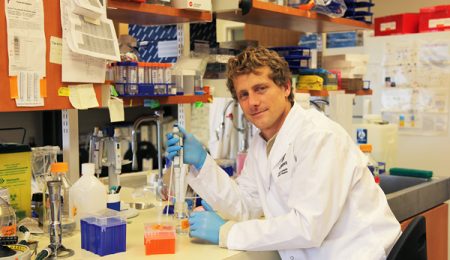University of Ottawa makes strides in quantum chemistry research
The University of Ottawa’s Bryce Laboratory has made major headway in research that could revolutionize the administration of medicine. The Fulcrum spoke with Dr. David Bryce and research student Patrick Szell to find out more.
“The Bryce Lab has diverse research interests in solid-state nuclear magnetic resonance (NMR) spectroscopy, quantum chemistry, halogen bonding, mechanochemistry, and more,” said Bryce.
“We have designed and constructed some of our own equipment, which has bolstered our capabilities of creating materials featuring exotic characteristics,” explained Szell. “At the Bryce Lab, we have access to a unique combination of scientific instruments, including Canada’s strongest superconducting magnet dedicated to investigating solids.”
The team’s current project involves the study of electrophilic interactions in solids, including halogen bonding.
“By better understanding halogen bonds … not only do we gain a better picture of how these interactions behave at the atomic level, but we can also design new materials using various synthetic methods including mechanochemistry.” Bryce explained.
“In this work, we have shown for the first time that a special interaction with halogen atoms … can actually improve the performance of small molecular machines … (having) an impact on how molecules move, (and) not only on their static structures.”
Bryce explained that people often assume solids are static and unmoving despite their atoms actually moving constantly. Harnessing those rapid movements is key to building molecular machines.
“Molecular machines are exactly what they sound like: machines that do some sort of work, but at the length scale of molecules; (they) typically have moving parts which can potentially be harnessed to do some sort of task, like self-propulsion,” Bryce continued.
The team started off by developing a method called ‘cosublimation,’ implemented alongside mechanochemistry, to prepare a series of chemical cocrystals to create deuterium, a heavy isotope of hydrogen. They then outperformed their original technique when they came across halogen bonding.
“It is interesting because it was never considered possible that this halogen bonding interaction could influence the behaviour of molecular machines. The work opens up a whole new world parallel to ubiquitous hydrogen bonding,” said Bryce.
Szell anticipates that the team’s research ”will advance our understanding on the forces that hold molecules together, perhaps even leading to the rational design of materials for a desired application.”
“We have (already) discovered the indirect effect of the halogen bond on the dynamics, and we have developed synthetic methods for creating this emerging class of material at an accelerated rate while eliminating our environmental footprint.”
Bryce concluded by explaining how counterintuitive his lab’s work is.
“An analogy to our work would be the image of sticking a playing card in the spokes of a spinning bicycle wheel: we have shown that this actually facilitates the spinning of the wheel rather than slowing it down.”
Bryce said that the effect demonstrates how common assumptions in the physical world do not hold up at a molecular scale.
More information on the project can be found on the Bryce Laboratory webpage or the University Research Information Homepage.





